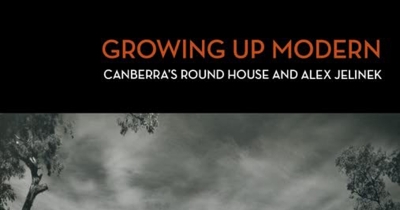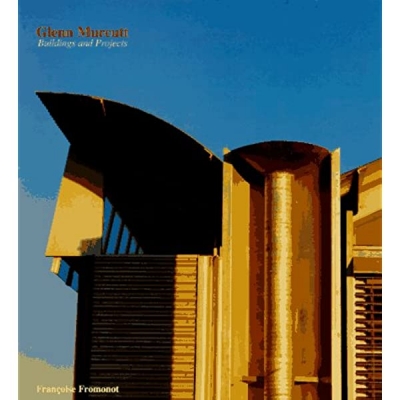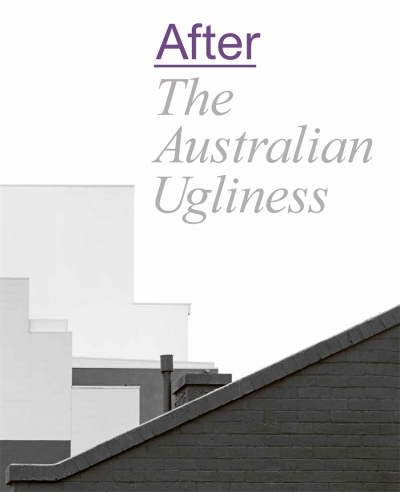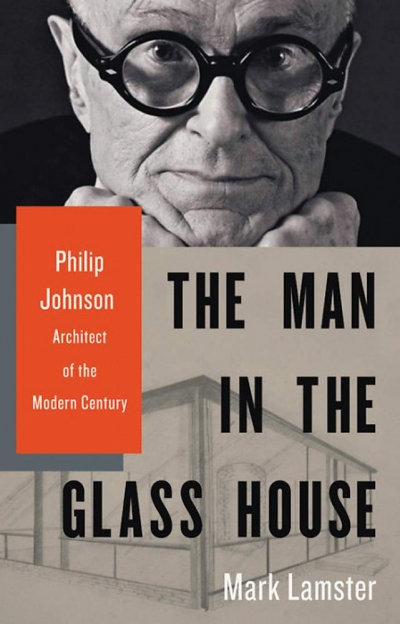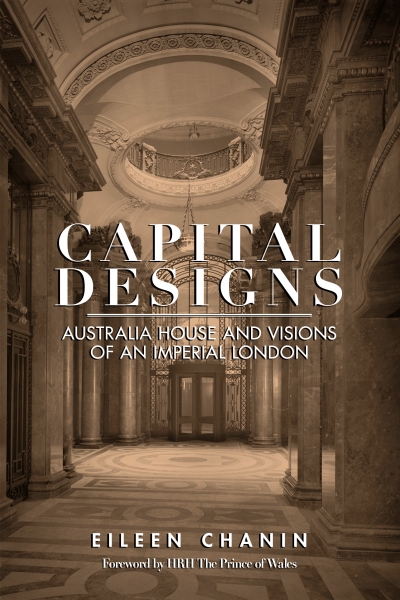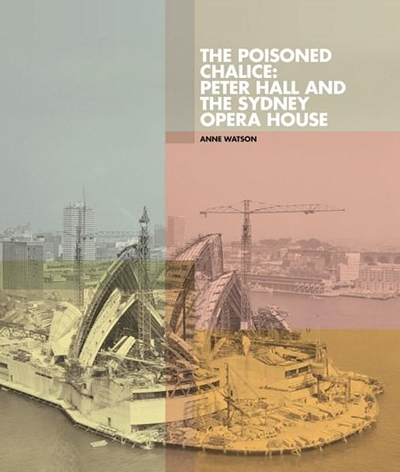Architecture
Growing Up Modern: Canberra’s Round House and Alex Jelinek by Roger Benjamin
by Sheridan Palmer •
Architects and architectural culture do not slot easily into cultural policy. Those in other creative fields might well say the same, but the ambiguity around the professional and artistic identity of the architect amplifies the problem. Are architects artists? Or ‘creatives’, like those in advertising and marketing? ... (read more)
Glenn Murcutt: Buildings + projects 1962-2003 by Françoise Fromonot, translated by Charlotte Ellis
by Dimity Reed •
After The Australian Ugliness edited by Naomi Stead, Tom Lee, Ewan McEoin, and Megan Patty
by Jim Davidson •
Bauhaus Diaspora and Beyond: Transforming education through art, design and architecture by Philip Goad et al.
by Christopher Menz •
Man in the Glass House: Philip Johnson, architect of the modern century by Mark Lamster
by Patrick McCaughey •
Capital Designs: Australia House and visions of an imperial London by Eileen Chanin
by Jim Davidson •
The Poisoned Chalice: Peter Hall and the Sydney Opera House by Anne Watson
by Andrew Montana •
A Forger’s Progress: The life of Francis Greenway by Alasdair McGregor
by Paul Brunton •

